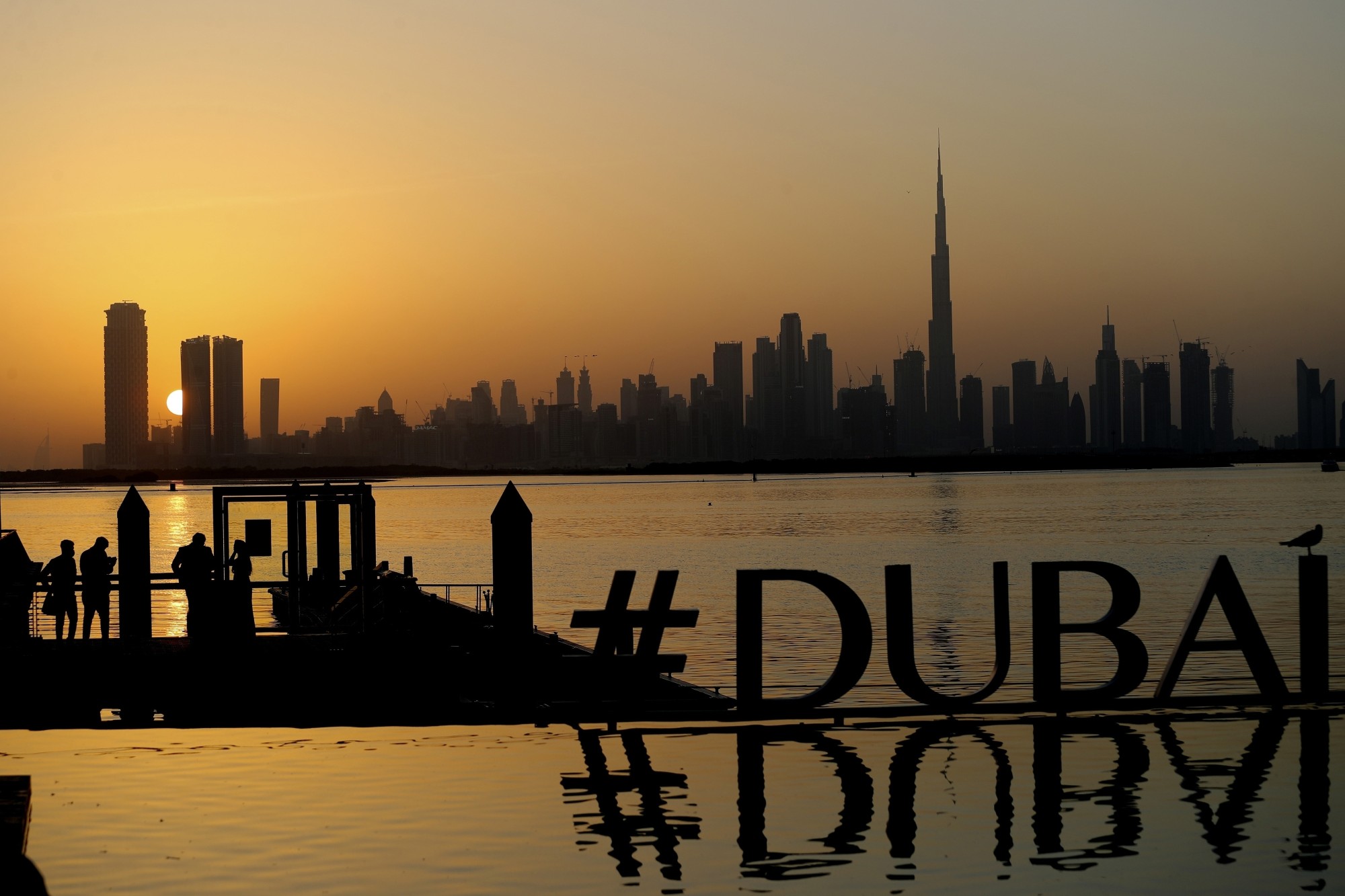
Dubai luxury homes, offices tipped to extend hot price growth streak in 2024 amid China demand, analysts say
- Dubai’s prime residential districts of Palm Jumeirah, Emirates Hills and Jumeirah Bay Island likely to see 5 per cent price growth versus 3.5 per cent elsewhere: Knight Frank
- Rising demand pushed transactions of homes in Dubai priced at US$10 million or more to a record high of 277 between January and September
In the long-run, the trend will put Dubai among top financial hubs such as New York, London and Singapore, the property consultancy said.
The city’s office and residential property segments are tipped to see price growth next year because of high demand and tight supply, according to Faisal Durrani, partner and head of research for Middle East and North Africa at Knight Frank.
“Dubai has reached a tipping point and instead of jostling for recognition, the city is going toe to toe with the world’s long-established hubs as a magnet for the world’s wealthy,” Durrani said.
The city’s transport infrastructure, global connectivity and forward-thinking leadership has catapulted Dubai’s reputation and status globally, he added. “This is evidenced by the unrelenting demand from international high-net-worth individuals to own second homes here, or relocate to the emirate.”
For the prime residential market, an area that encompasses the neighbourhoods of Palm Jumeirah, Emirates Hills and Jumeirah Bay, a 5 per cent increase is likely next year, while the rest of the market is expected to grow by 3.5 per cent. Prime property refers to the most desirable, and normally most expensive, real estate.
Dubai eyes dual listings with stock exchanges including those in Asia-Pacific
Knight Frank’s forecast places Dubai behind Auckland at 10 per cent and Mumbai at 5.5 per cent in terms of prime residential property growth for 2024.
In the 12 months to September, the three Dubai districts recorded a collective growth of 15.9 per cent, which could prove Knight Frank’s 13.5 per cent growth forecast accurate for 2023, Durrani said.
In the year’s first nine months, Chinese nationals were the second-biggest foreign buyers of homes in the Gulf city marketed by Knight Frank, accounting for 14 per cent, after Britons at 16 per cent. Last year, the Chinese were the agency’s top clients, comprising 23 per cent of the total.
“Professional investors” from China are leading the foray into Dubai, according to Yang Yang, a partner at Inter Banca Real Estate.
Yang recently facilitated a deal for such a buyer from Beijing, helping him acquire two 170-square-metre units in Emaar Beachfront, an enclave which offers residents access to a 1.5km private beach. The units were bought at 100,000 yuan per square metre, or US$1,309 per square foot.
“He travelled to Dubai in the third quarter to view the project and close the deal,” Yang said. “He has friends in Dubai. His motivation is to have some assets overseas since the future of China’s real estate market does not look great in his opinion.”

Some 78,000 homes are due to be completed in Dubai between 2023 and the end of 2028, or 13,000 homes a year, for the next six years, compared with a historic completion rate of 30,000 homes a year, according to Durrani.
“Of this total, just 368 will be in the prime residential districts of Palm Jumeirah, Emirates Hills and Jumeirah Bay Island.”
The demand for high-end homes is likely to be sustained as more than 4,500 US-dollar millionaires relocated to the UAE in 2023, with almost everyone heading to Dubai, according to data cited by Juwai IQI.
“That means more millionaires moved to Dubai this year than to Singapore, all of the Eurozone, all of Central and South America, or all of North America,” said Kashif Ansari, co-founder and group CEO of Juwai IQI.
The geopolitical tension between US and China is also burnishing Dubai’s image as a safe haven for Chinese capital, Ansari said, adding that home prices in the city are likely to grow at least 5 per cent next year.
“Dubai is popular with wealthy Chinese because it can operate above the political tensions between the US and China,” he said. “It is also more affordable and easier to obtain residency in Dubai than in Singapore.”
Dubai can be a gateway to Middle East for Hong Kong firms, officials say
Meanwhile, as Dubai attracts second-home owners and more capital from around the world, the benefits have cascaded down to the office segment, according to Knight Frank.
The prime office occupancy rate this year in Dubai has inched up to 92 per cent, from 88 per cent at the end of 2022, Durrani said.
“Unlike many other major global cities, Dubai’s office market continues to experience a severe shortage of supply, with just 3 million sq ft of space due to be completed between now and 2026, the vast majority of which is already spoken for,” he said. “This is against a backdrop of 580,000 sq ft of new requirements in the first half of 2023, a 23 per cent increase on the first half of 2022.”
A wider regional conflict in the Middle East as well as rising interest rates could also have an impact on Dubai’s property market next year, Durrani said, referring to the ongoing Israel-Gaza war.
“A global economic slowdown and the knock-on impact on the local economy, combined with the risk of an escalation in regional tensions are medium to high risks, with the latter potentially emerging as a key catalyst for higher oil prices,” he said.
This could trigger further rate hikes, impacting borrowing costs for developers and investors and weigh on the market, he said.

